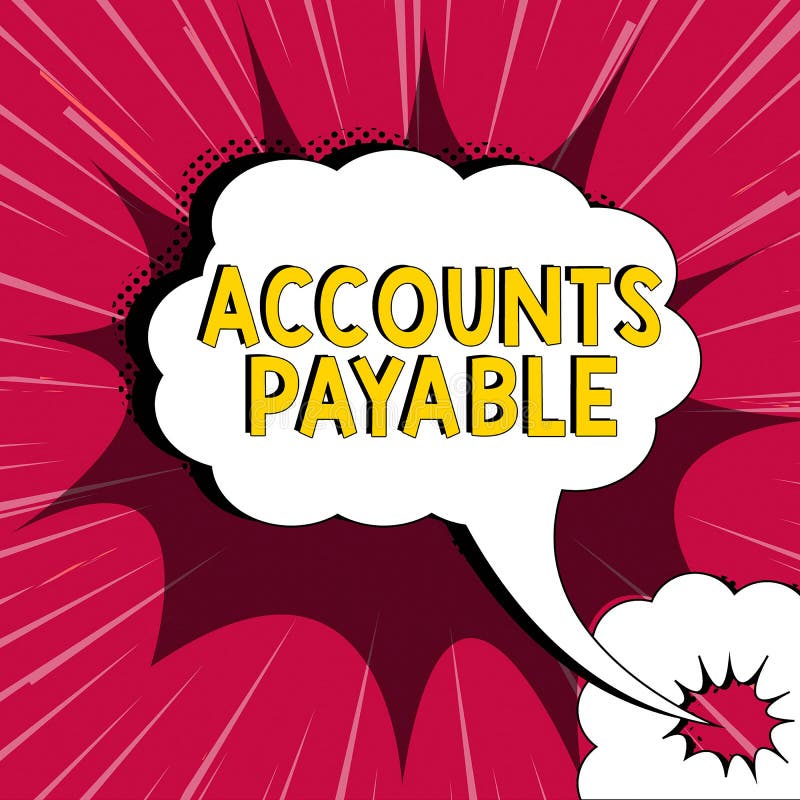
Automation ensures that data is accurately captured and processed, minimizing mistakes that can occur with manual handling. This leads to more reliable financial records and fewer discrepancies to resolve. Acme posts a debit to increase the machinery asset account (#3100), and posts a credit to increase accounts payable (#5000). The owner or someone else with financial responsibility, like the CFO), approves the PO. Purchase orders help a business control spending and keep management in the loop of outgoing cash. At the beginning of the period, the accounts payable balance was $50 million, but the change in A/P was an increase of $10 million, so the ending balance is $60 million in Year 0.
Discounts on Accounts Payable vs Accounts Receivable
Accounts Payable and Receivable are usually different departments in larger companies. However, smaller businesses may combine their accounts receivable and accounts payable into one department. They are typically responsible for more than just paying incoming bills and invoices. A company’s Accounts Payable department tracks the amounts owed and records them as short-term obligations on the general ledger. They are also responsible for keeping these records up-to-date and ensuring that invoices get paid by the payment date.
Is accounts payable an asset?
Automation ensures that invoices are processed and paid promptly, reducing the risk of late fees and fostering trust with your vendors. The cause of the increase in accounts payable (and cash flows) is the increase in days payable outstanding, which increases from 110 days to 135 days under the same time span. Starting off, the accounts payable process initiates after a company’s purchasing department issues a purchase order (PO) to a supplier or vendor. Every accounts payable department has a process to follow before making a vendor payment — this is the accounts payable process. Concrete guidelines are essential because of the value and volume of transactions during any period.
Managing Your Liabilities Effectively Can Be an Asset
- Every accounts payable department has a process to follow before making a vendor payment — this is the accounts payable process.
- As an important indicator of the health of a business, accounts payable is a gauge of cash flow.
- Accounts Payable refers to a business’s obligations to suppliers and creditors for purchases made on an open account.
- Current liabilities are differentiated from long-term liabilities because current liabilities are short-term obligations that are typically due in 12 months or less.
These amounts are paid within a year, typically to suppliers who have provided products or services essential for running your business. Whether it’s for office supplies, inventory, or professional services, these are all part of your business’s ongoing operations. Think of accounts payable as the tab a business runs with its suppliers or creditors.
Payables should represent the exact amount of the total owed from all the invoices received. APT is a frequency metric, measuring how many times each accounting period a company pays off debts to vendors, service providers, creditors, etc. Generally speaking, high APT means a company is struggling to find credit or simply not making effective use of the funds they do have. On the other hand, a low APT can indicate either extremely lenient creditor terms or that the company is behind in paying its bills. Both accounts payable and accounts receivable must be listed on the balance sheet.
Accrued Expenses

However, if you have a large number of accounts payable, you’ll first record the individual accounts payable in a sub-ledger. The accounts receivable turnover ratio is a simple formula to calculate how quickly your clients pay. Here’s an example accounts payable aging schedule for the fictional divestiture definition company XYZ Inc. If you’re super behind on a payment but have an otherwise good relationship with the vendor you owe money to, they might agree to reclassify the account payable as a long-term note. Long-term notes are due in 12 months or more, and usually involve some kind of interest payment.
Understanding operating expenses can help you keep tabs on how efficiently your small business generates revenue. Keith’s Furniture will record it as an account receivable on their end, because it represents money they will receive from someone else in the future. Let’s say a fictional business called Paint World sends you an invoice for $500 to pay for a shipment of paint.
Since you’ve purchased goods on credit, the accounts payable is recorded as a current liability on your company’s balance sheet. Accounts payable is the money your business owes to suppliers or vendors. When you purchase goods or services on credit, those amounts go into accounts payable until you settle the debt.
